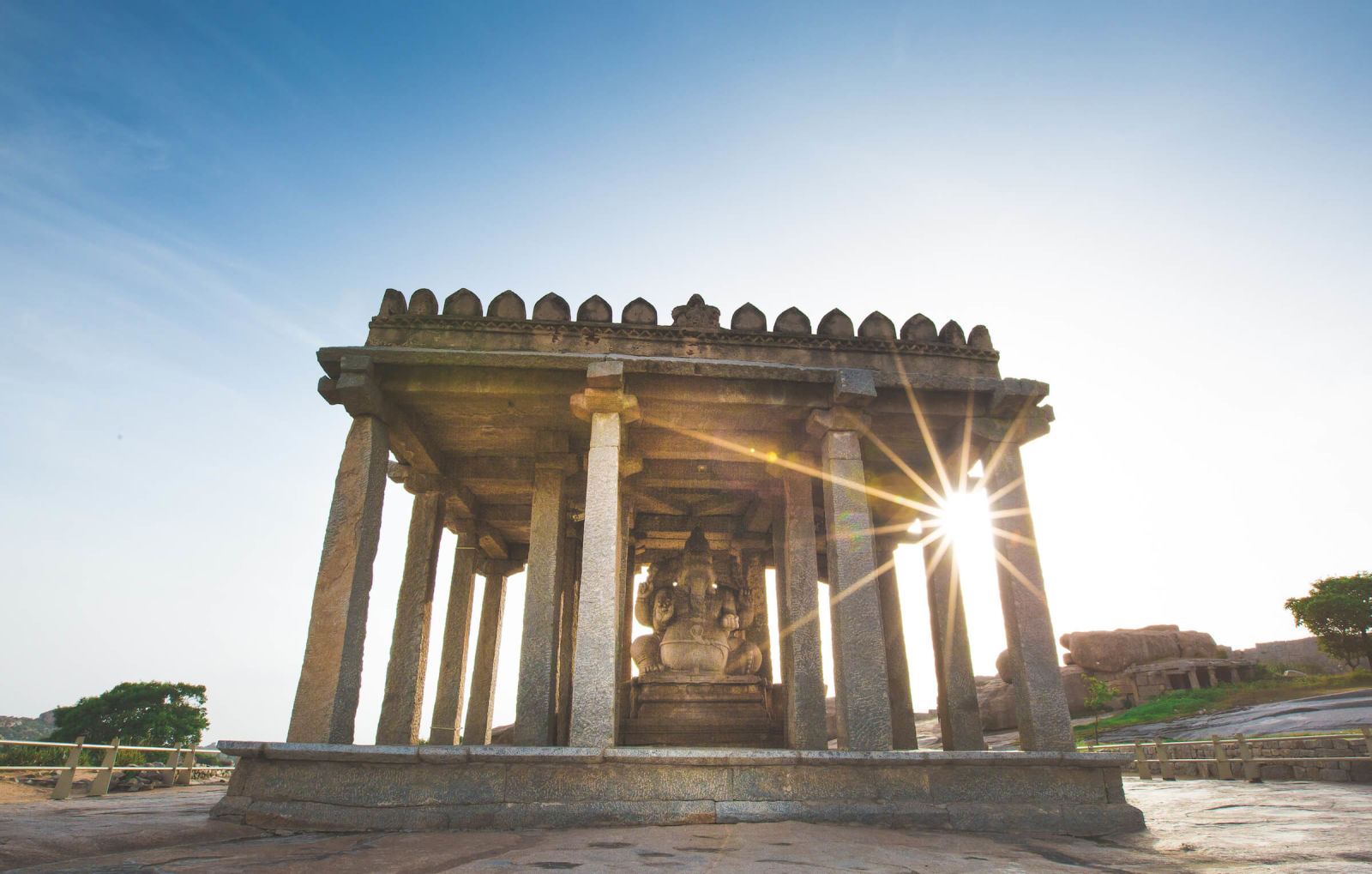Gods of Hampi!
Published on: 24/08/2017
Published on: 24/08/2017

Photograph: Neeta Shankar

Photograph: Neeta Shankar

It is a classic tale of curiosity leading to genuine interest leading to a cherished profession. After a brief stint as an R&D; engineer at a reputed Product Development Company, Neeta quit IT towards the end of 2012, moved into the role of a Wedding Photographer and started her own company. Apart from being a talented photographer, an Entrepreneur, Creative Director, and a mentor and inspiration for aspiring photographers, Neeta is also a Social Media Influencer with a staggering following of more than 5 Lakh people across her social networks. She can be contacted at info@neetashankar.com
Craft Calling: Traditional Lambani Arts and Crafts and the Sandur Kushala Kala Kendra
The Path of a Downfall: Movements that Led to the Collapse of the Vijayanagara Empire
Hampi Ruins in the 1900s: Stellar Photographs From A Forgotten Historical Text
North Karnataka’s Threesome — Badami, Aihole, & Pattadakallu
Hampi Ruins in the 1900s — The Gateways into the City
The cute little denizens of the Kamalapura Palace, Hampi
From the Kitchens of Evolve Back – Jallad Roti | Akki Roti
From the Kitchens of Evolve Back – Qubani ka Meetha and Shahjahani ka Meetha
From the Kitchens of Evolve Back – Murgh-e-Lazeez
From the Kitchens of Evolve Back – Nizami Machali ka Salan
From the Kitchens of Evolve Back – Dum ki Nalli
From the Kitchens of Evolve Back – Anapa Ginjala Pulusu
From the Kitchens of Evolve Back – Raan-e-Kamalapura
From the Kitchens of Evolve Back – Baghara Baingan
From the Kitchens of Evolve Back – Natukodi Pulusu
From the Kitchens of Evolve Back – Tondekai Palya
From the Kitchens of Evolve Back – Royala Igaru
From the Kitchens of Evolve Back – Koli Chuttada
From the Kitchens of Evolve Back – Karibelle Cutlet
The Battle of Talikota and the Sacking of Hampi
From the Kitchens of Evolve Back – Kori Ghee Roast
Harihara & Bukka: founders of the Vijayanagara Empire
The Battle of Raichur: The Beginning of the End